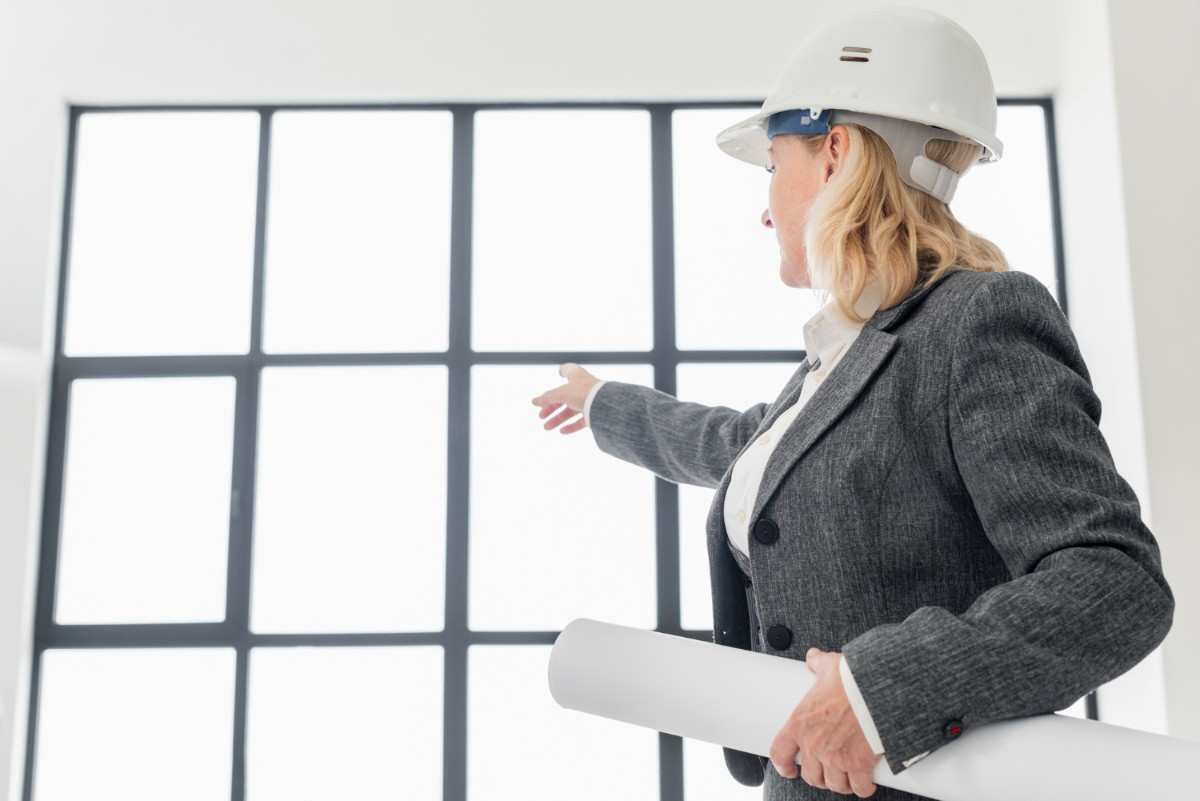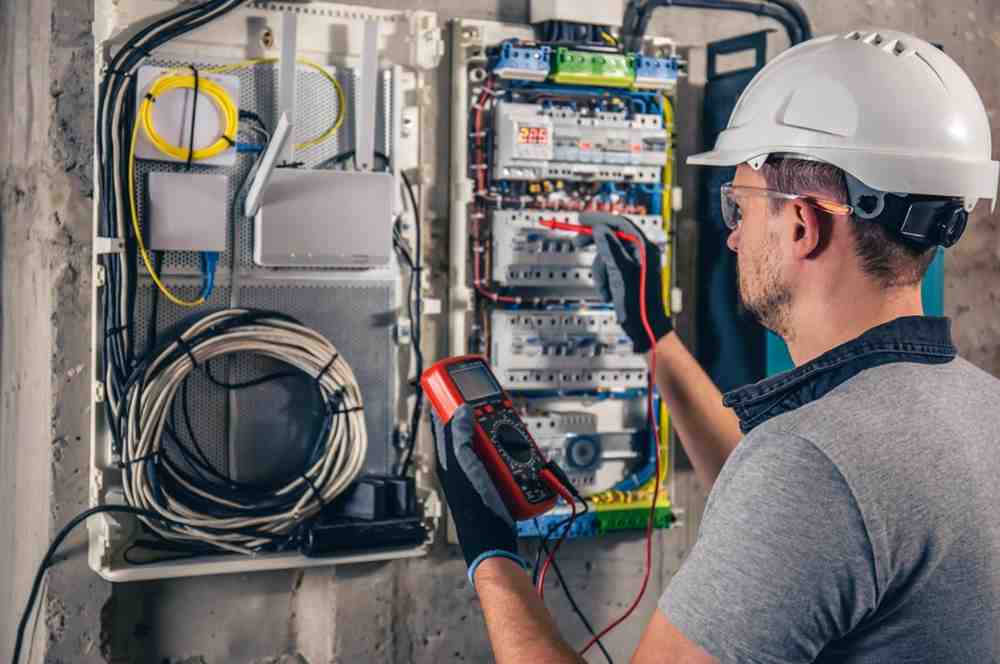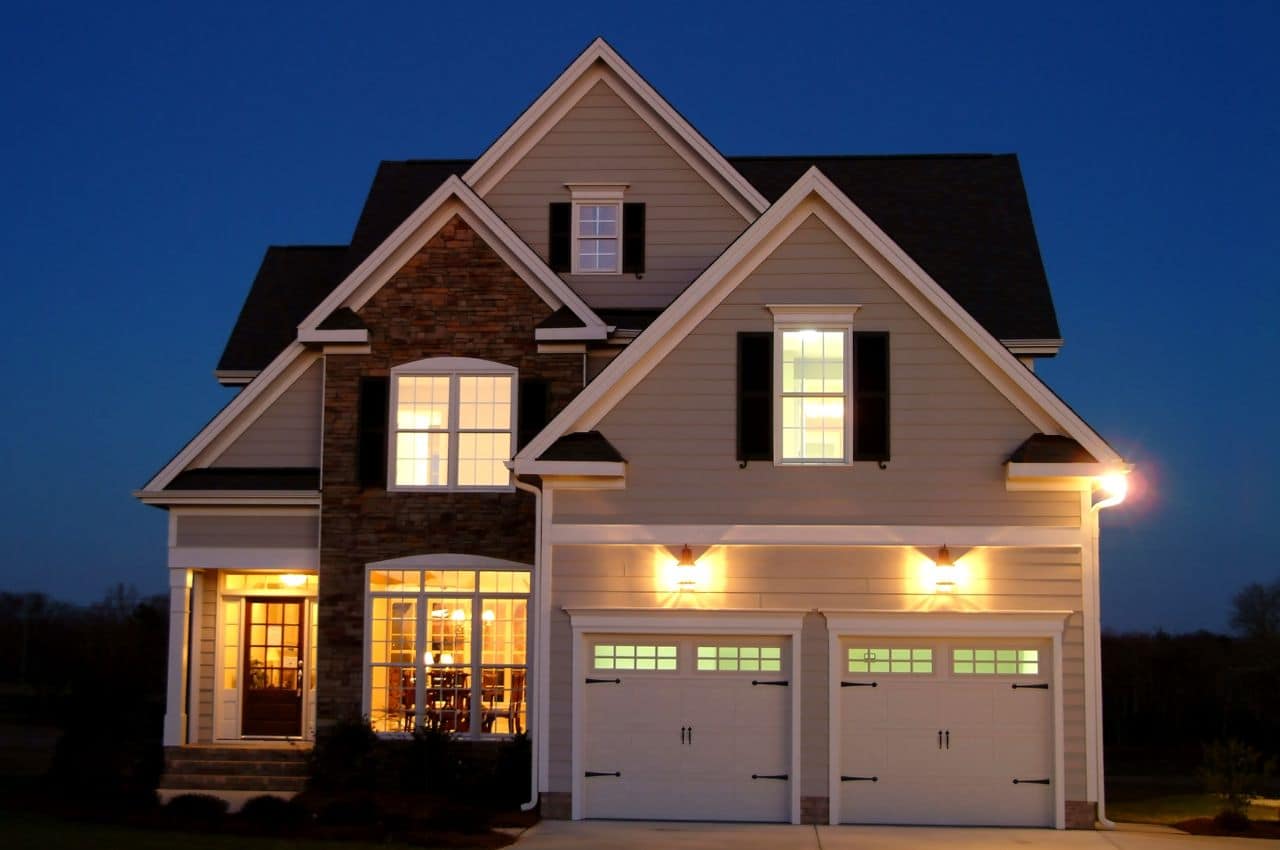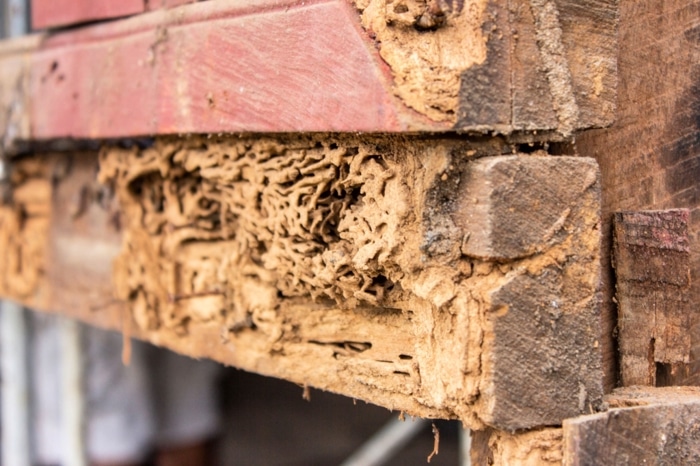Inspecting apartments is one of the most essential tasks property managers handle. It isn’t just about ensuring things look good—it’s about making sure everything is functional, safe, and ready for residents to live comfortably. A well-organized inspection process can save time, prevent costly repairs, and help maintain a positive reputation with residents.
Below is a detailed guide for apartment inspections, covering everything from entryways to outdoor spaces, ensuring you leave no stone unturned.
Entryways and Doors
The entrance to an apartment is the first impression for residents and their guests. It’s also the first line of defense against pests, weather, and intruders.
Door Condition
Inspect for physical damage such as scratches, dents, or peeling paint. A scuffed door can make the whole apartment feel unkempt.
Check that the door fits snugly within its frame and opens and closes easily without sticking or squeaking.
Locks and Handles
Test all locks, including deadbolts, to ensure they work smoothly and securely. Loose or jammed locks not only frustrate residents but also pose a security risk.
Confirm handles are sturdy and attached properly to prevent wear and tear from daily use.
Weather Stripping
Look for worn or missing weather stripping. Gaps around the door can allow drafts, water, and even pests to sneak in. Replacing these strips is a simple way to improve comfort and energy efficiency.
Peepholes and Security Features
Ensure peepholes are clean and functional. Security chains and secondary locks should also be inspected for strength and ease of use.
Walls, Ceilings, and Floors
These structural elements play a major role in the overall appearance and safety of the apartment.
Walls
Look for cracks, stains, or peeling paint. These could signal larger issues like settling foundations or water damage.
Pay attention to corners and baseboards, as these are common spots for pests to hide or leave evidence.
Ceilings
Check for signs of water stains, discoloration, or cracks. Leaks from the roof or upstairs units can lead to costly repairs if ignored.
Ensure ceiling fans, if installed, are secure and operate without wobbling or noise.
Floors
Carpets should be checked for stains, odors, and signs of wear. Consider whether deep cleaning or replacement is needed.
Hardwood floors should be inspected for scratches, buckling, or water damage.
Tiles should be examined for chips and loose grout. Small issues here can lead to bigger problems down the road.
Windows and Screens
Windows provide natural light, ventilation, and security. Regular checks can ensure they remain functional and energy-efficient.
Window Glass
Inspect for cracks or chips. Damaged glass not only looks bad but can also be a safety hazard.
Locks and Latches
Test each window to make sure it opens, closes, and locks easily. Poorly functioning windows compromise both safety and energy efficiency.
Screens
Look for tears, holes, or loose-fitting screens. Replacing damaged screens can help prevent insects from entering the apartment.
Seals and Caulking
Check for gaps or deteriorating seals around the window frame. Proper sealing prevents drafts, water leaks, and pest entry.
HVAC Systems
A comfortable indoor temperature is critical for residents. Properly functioning heating and cooling systems not only improve comfort but also increase energy efficiency.
Thermostats
Test the thermostat to ensure it adjusts and displays the temperature correctly.
Air Filters
Dirty air filters can reduce air quality and put unnecessary strain on the HVAC system. Replace filters regularly.
Vents and Ducts
Inspect vents for dust buildup and blockages. Clean as needed to maintain airflow and system efficiency.
Kitchens
The kitchen is often the heart of the home, making it a priority during inspections.
Appliances
Test each appliance, including the stove, oven, refrigerator, and microwave.
Check the range hood for proper ventilation and lighting.
Inspect the dishwasher for leaks, proper drainage, and general cleanliness.
Cabinets and Countertops
Open and close all cabinets and drawers to ensure they glide smoothly and are securely attached.
Inspect countertops for scratches, chips, or stains.
Sinks and Plumbing
Turn on faucets to test water pressure and temperature.
Look underneath the sink for leaks or signs of water damage.
Bathrooms
Bathrooms are high-traffic areas that require special attention during inspections.
Toilets
Flush each toilet to ensure it operates properly and doesn’t run continuously.
Check for loose fittings or wobbly bases.
Showers and Bathtubs
Inspect tiles, grout, and caulking for cracks or mold. These areas are particularly prone to moisture damage.
Test water pressure and temperature in the shower.
Sinks and Faucets
Ensure faucets turn on and off easily without dripping.
Test the sink’s drainage to make sure there are no blockages.
Exhaust Fans
Confirm that fans are functional to prevent moisture buildup, which can lead to mold.
Electrical and Lighting
Electrical safety is non-negotiable, and proper lighting makes an apartment feel inviting.
Light Fixtures
Replace burnt-out bulbs and clean fixtures to improve brightness.
Check for loose or damaged fixtures that could become safety hazards.
Outlets and Switches
Use a plug tester to ensure all outlets are functional and grounded.
Verify that light switches work without flickering or buzzing.
Smoke and Carbon Monoxide Detectors
Test all alarms to ensure they are operational.
Replace batteries during each inspection to prevent issues later.
Pest Prevention
Nobody wants to deal with pests, but preventing them is often easier than fixing an infestation.
Signs of Pests
Look for droppings, gnaw marks, or insect trails in corners, cabinets, and basements.
Pay close attention to kitchens and bathrooms where food and moisture attract pests.
Sealing Gaps
Inspect for gaps or cracks around windows, doors, and pipes. Sealing these entry points is one of the best ways to keep pests out.
Partner with Pest Share
Including pest control as part of your resident benefit package (RBP) simplifies this process. Pest Share makes it easy to address issues quickly without burdening property managers.
Balconies and Outdoor Spaces
Balconies and patios provide added value but require upkeep to remain safe and appealing.
Railings and Safety
Test railings to ensure they are secure and meet safety standards.
Flooring
Inspect for cracks, stains, or loose boards that could cause injuries.
Outdoor Storage
Check for leaks or pest issues in any storage closets or sheds.
Lighting
Ensure outdoor lighting fixtures work properly to enhance security and usability.
Before finishing an inspection, it’s important to look at the apartment as a whole. A few small details can make a big difference.
Cleanliness
Wipe down counters, sweep floors, and ensure the apartment is free of debris. Even a clean space feels better maintained.
Test Keys
Verify that all provided keys match their locks and function correctly.
Take Photos
Document the condition of the apartment with clear photos. This protects both you and the resident by providing a record of its state during the inspection.
Why Consistent Inspections Matter?
Regular inspections do more than identify issues—they help you build trust with residents. By maintaining apartments to a high standard, you show that their comfort and safety are a top priority. Plus, you’ll save time and money by addressing small problems before they turn into bigger ones.
For property managers who want to go above and beyond, offering pest control through Pest Share is a smart move. It’s convenient, effective, and eliminates the hassle of dealing with pest issues. Best of all, it gives residents peace of mind, which makes them more likely to stay long-term.
With this checklist in hand, you’re set to handle any inspection confidently.







